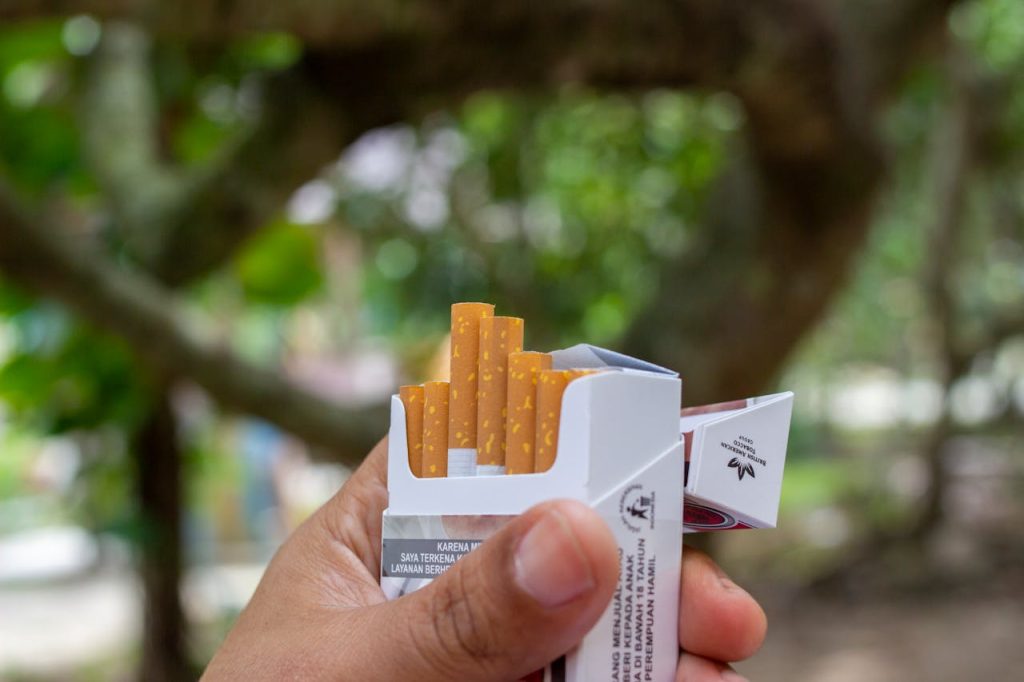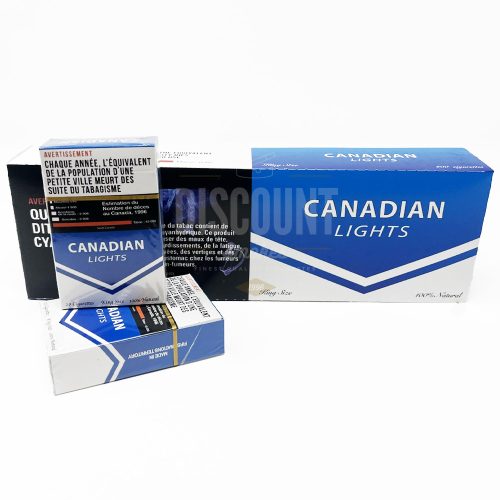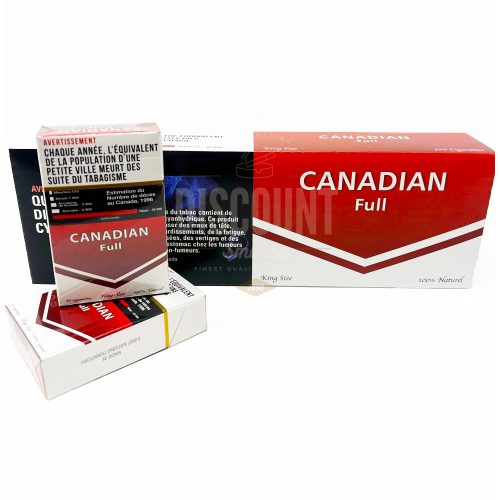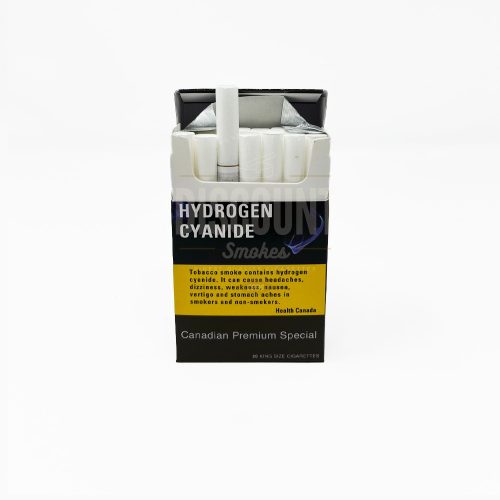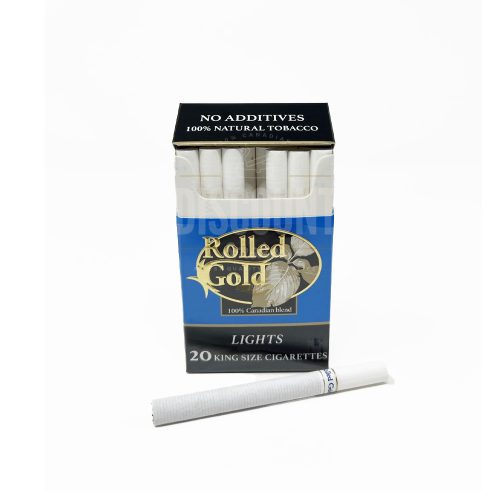Guides
How Much Nicotine is in a Cigarette? Explained with Accurate Measurements and Effects
Lighting up a cigarette can feel like hitting the pause button—especially if you’ve been smoking for a while. It’s that familiar sense of calm, a way to take the edge off or refocus when your mind’s all over the place.
That relaxing feeling mostly comes from nicotine, the addictive chemical in tobacco. Knowing how much nicotine is in one cigarette (or even a whole pack) can help you understand more about what you’re actually taking in—and maybe why quitting feels so tough.
How Much MG of Nicotine Does a Cigarette Contain?

Nicotine in cigarettes is usually measured in milligrams, and most smokes fall somewhere between 6 and 28 mg. On average, you’re getting around 10 to 12 mg from a single cigarette.
Of course, that number isn’t set in stone. It can vary depending on the brand, how the cigarette is made, and even things like filters or additives, which can change how much nicotine your body actually takes in.
Nicotine Concentration in Cigarettes by Weight
Most cigarettes weigh between 0.8 and 1 gram, including the tobacco, paper, and whatever extras are added in. The nicotine comes from the tobacco itself, which usually makes up about 1% to 2% of that weight.
Therefore, when you are smoking something that is about 0.8 g, chances are that you are inhaling 8 mg of nicotine. Heavier cigarettes, closer to 1 gram, can have anywhere from 10 to 20 mg, sometimes more, depending on the brand.
This knowledge can be useful when you want to know how much nicotine you consume. It is handy when you need to change brands or exert more control over your consumption.
Moreover, a cigarette with a filter does not make you ingest a lot less nicotine. The filters may smooth out the smoke, but they do not filter out the things that count. Ultimately, it depends a lot on your smoking habits, like the depth of your puffs or the frequency of lighting up the cigarette, and not what is in it, that determines how much nicotine your body absorbs.
Nicotine Content in Light Cigarettes
Light cigarettes are often thought of as a “safer” option because they usually contain less nicotine—around 6 to 10 mg per cigarette, compared to 10 to 14 mg in regular ones. This lower amount comes from the way they’re made, especially the filters. These filters have tiny holes that let air mix in with the smoke, which makes each puff feel lighter and less harsh.
Light cigarettes will normally have white-tipped filters. When you smoke, you are basically taking in a combination of smoke and additional air, which slightly dilutes the tar and nicotine. However, the twist is that a lot of users tend to puff more or inhale deeper to achieve the same sensation they would have on an ordinary cigarette.
Therefore, although you might find less nicotine on paper, it is quite possible to be getting an equal amount as before in your brain. The instinctive response of your body is to compensate to maintain those nicotine levels, so you are still stimulating the same brain receptors to create an addiction.
All in all, light cigarettes do not actually increase your exposure to nicotine or other toxic substances such as tar and carcinogens. It does not make it any healthier; the light label is just that; the dangers of smoking to health have not gone away.
Amount of Nicotine in a Pack of Cigarettes
When you smoke, your body only takes in part of the nicotine in each cigarette, usually between 1.1 and 1.8 mg. So even if a cigarette contains 6 mg, 12 mg, or even as much as 28 mg of nicotine, only a fraction of that actually gets absorbed. If you go through a full pack in a day, you’re likely absorbing somewhere between 22 and 36 mg in total.
Nicotine is a fast-acting ingredient. In approximately 10 seconds, it gets to your brain and begins to affect your mood, improving concentration, relieving stress, or providing you with a spike of energy. However, the more frequently it occurs, the more your brain becomes dependent on it, and quitting it becomes difficult.
It is true that nicotine receives the majority of the attention, but it is not the only thing to which you expose yourself. Smoking tobacco emits an entire cocktail of harmful chemicals, the great majority of which have been linked to severe health hazards. Reducing or eliminating is not only about the nicotine; it is also about exposing yourself to less of all the other poisonous things that smoking entails.
Nicotine Amount in Each Cigarette Puff

When you smoke a cigarette, you’re only absorbing a small portion of the nicotine it actually contains. While most cigarettes have around 10 to 12 mg of nicotine, you typically inhale about 1.1 to 1.8 mg during the entire session.
The amount you absorb per puff can vary depending on a few key factors:
-
How you smoke: The depth of your inhale, how often you puff, and how long each cigarette puff lasts all affect how much nicotine you take in. Deeper or more frequent drags usually mean higher nicotine absorption.
-
Cigarette type and design: Some cigarettes have filters with tiny holes that let in extra air, which can dilute the smoke and lower nicotine delivery. The type of tobacco and how quickly it burns also affect how much nicotine you get.
-
Your body’s characteristics: Things like your lung capacity, metabolism, and how tolerant your body is to nicotine all play a role in how much you absorb with each puff.
Once you inhale, nicotine travels fast. It moves from your lungs into your bloodstream and reaches your brain in about 10 seconds. A typical cigarette is smoked in roughly 10 puffs over five minutes, which means your brain gets hit with 10 quick bursts of nicotine in that short time.
If you smoke a full pack of 20 cigarettes a day, that’s around 200 nicotine hits reaching your brain.
Nicotine stimulates your body by triggering adrenaline, which raises your heart rate, blood pressure, and breathing rate. It also activates reward centers in the brain that play a big part in addiction.
Other nicotine products vary widely in how much nicotine they contain and how your body absorbs it:
-
Chewing tobacco: It contains much more nicotine—around 144 mg per serving—and is absorbed more slowly through the lining of your mouth.
-
E-cigarettes (vapes): Nicotine levels range a lot depending on the product, from as low as 0.5 mg to over 15 mg, and in some cases, users may take in more nicotine than they would from regular cigarettes.
-
Pipe tobacco: Usually delivers 30 to 51 mg per session and is often inhaled without a filter, potentially exposing you to more harmful chemicals than filtered cigarettes.
Understanding these details can help you get a clearer picture of your nicotine intake and how it varies depending on what and how you smoke.
Frequently Asked Questions

How much nicotine is in one cigarette?
While a cigarette might contain anywhere from 6 to 28 mg of nicotine, depending on the brand, your body only absorbs a small portion of that, usually around 1.1 to 1.8 mg. So even though the numbers on paper seem high, what actually ends up in your system is much lower.
How many cigarettes equal 1 mg of nicotine?
On average, smoking one cigarette delivers about 1 mg of nicotine to your body. So if you’re wondering how many cigarettes it takes to reach 1 mg of absorbed nicotine, the answer is: just one.
What about 2 mg of nicotine?
You’d need to smoke around two cigarettes to absorb about 2 mg of nicotine. Keep in mind, though, this can vary depending on how deeply you inhale, how fast you smoke, and the type of cigarette.
A Quick Look at Nicotine Use and Alternatives
Even though you’re not absorbing all the nicotine in a cigarette, regular smoking still comes with serious risks. The real concern isn’t just the nicotine—it’s everything else in cigarette smoke, like tar and other toxic chemicals that can harm your lungs, heart, and more.
If you’re looking to cut back or quit, nicotine replacement therapies (like patches, gum, or lozenges) can help. They give your body controlled doses of nicotine without the harmful smoke, making it easier to manage cravings and withdrawal.
Interestingly, some foods—like tomatoes, eggplants, and potatoes—contain tiny traces of nicotine. But don’t worry, the amounts are way too small to have any effect and nothing close to what you’d get from tobacco.
At the end of the day, knowing how nicotine works and what your options are can help you make better, more informed choices for your health.

